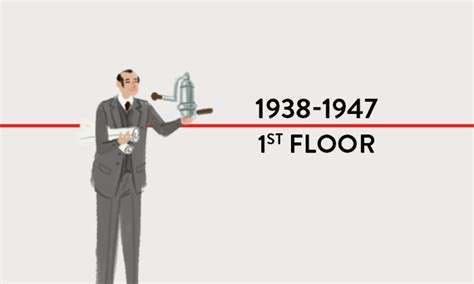1938-2023: An 85-Year Journey Through History, Society, and Technology
The span from 1938 to 2023 encompasses a period of unprecedented change and upheaval. Eighty-five years witness not only the progression of time but a breathtaking transformation across global politics, societal structures, technological advancements, and cultural landscapes. This article will explore key milestones and trends that shaped this remarkable journey.
The Shadow of War and the Dawn of a New Era (1938-1945)
1938, a year marked by the ominous shadow of impending war, saw the annexation of Austria by Nazi Germany and the Munich Agreement, a failed attempt at appeasement. This set the stage for the outbreak of World War II in 1939, a conflict that fundamentally reshaped the global order. The war, characterized by unprecedented brutality and technological advancements in weaponry, concluded in 1945 with the devastation of Europe and the rise of the United States and the Soviet Union as superpowers. The post-war era saw the formation of the United Nations, aiming to prevent future conflicts, and the beginning of the Cold War, a period of intense ideological and geopolitical rivalry.
What major events happened between 1938 and 1945?
This period witnessed the rise of fascism and Nazism, leading to World War II, a global conflict involving unprecedented levels of violence and destruction. Key events include the invasion of Poland, the Battle of Britain, the attack on Pearl Harbor, the D-Day landings, the atomic bombings of Hiroshima and Nagasaki, and the eventual surrender of Germany and Japan. The war’s impact extended far beyond military casualties, leaving behind a scarred world grappling with rebuilding efforts and the horrors of the Holocaust.
The Cold War and the Rise of Consumerism (1945-1991)
The post-World War II era was dominated by the Cold War, a period of geopolitical tension between the US and the Soviet Union. This era saw the development of nuclear weapons, the space race, proxy wars in Korea and Vietnam, and the ongoing ideological struggle between capitalism and communism. Simultaneously, the post-war boom in the West fueled significant economic growth and the rise of consumerism, shaping lifestyles and societal values dramatically.
How did the Cold War affect global politics?
The Cold War profoundly influenced global politics, creating a bipolar world divided along ideological lines. It fueled proxy wars, an arms race, and a constant threat of nuclear annihilation. The Cold War also shaped international relations, leading to the formation of alliances like NATO and the Warsaw Pact, and significantly impacted the decolonization process in Africa and Asia. The collapse of the Soviet Union in 1991 marked the end of this era, ushering in a new period of global reorganization.
Globalization and Technological Advancements (1991-2023)
The fall of the Berlin Wall in 1989 and the subsequent collapse of the Soviet Union heralded a new era of globalization. Increased interconnectedness through advancements in communication and transportation technologies fostered international trade, cultural exchange, and the rise of multinational corporations. The late 20th and early 21st centuries saw remarkable technological progress, including the internet, mobile phones, and artificial intelligence, fundamentally altering how people communicate, work, and live.
What were the major technological advancements during this period?
This period saw exponential growth in technology, significantly impacting various aspects of life. The internet revolutionized communication and information access. The development of mobile phones and smartphones increased connectivity and mobility. Advances in computing power led to breakthroughs in artificial intelligence, biotechnology, and other fields. These advancements have impacted economic growth, social interactions, and global culture.
Conclusion: A Legacy of Change
The journey from 1938 to 2023 represents a period of profound transformation. From the devastation of world war to the technological marvels of the 21st century, the 85-year span reflects the resilience of the human spirit and the capacity for both immense destruction and remarkable progress. Understanding this historical trajectory is crucial for navigating the complexities of the present and shaping a better future. The challenges and opportunities of the years ahead will undoubtedly be shaped by the legacies of this transformative period.

